Gone. Lost. Forgotten. Then—they swam back.
These American fish weren’t just missing—they were declared extinct. Vanished from our lakes, streams, and memories. Scientists closed the book. Nature had other plans.
Against the odds, a few resilient species made an entrance no one saw coming. Whether hiding in remote waters or clinging to survival in overlooked creeks, they refused to give up the fight.
Now they’re back—gilled ghosts from the past—wiggling reminders that the wild still has surprises up its slippery sleeve. Let’s dive into the comeback stories no one expected.
Colorado Pikeminnow

Once thought to have vanished from the Colorado River, the Colorado Pikeminnow made an unexpected return, rekindling hope for its survival. This fish, known for its elongated body and large, toothless mouth, has been a symbol of the river’s ecological richness.
With conservation efforts in place, their populations have seen a gradual increase, offering a glimmer of hope. Anglers and nature enthusiasts now celebrate this piscine comeback, witnessing a resurgence that speaks volumes about nature’s resilience.
Its return underscores the success of habitat restoration, proving that even the most endangered species can find their way back home.
Devils Hole Pupfish
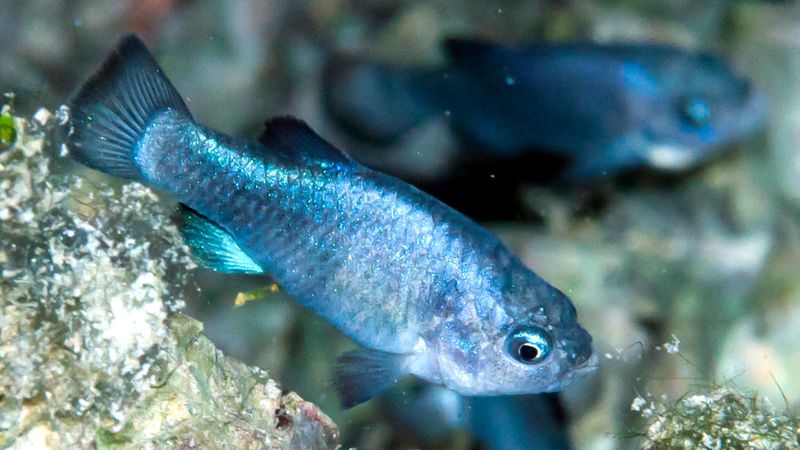
In the heat of Nevada’s desert, the Devils Hole Pupfish has defied extinction odds. This tiny, vibrant blue fish inhabits the warm waters of Devils Hole, a unique desert spring.
Despite its precarious existence, dedicated conservation efforts have managed to stabilize its numbers. Every glimpse of this fish is a testament to human determination and ecological balance.
Its survival story is not just about a species, but a collaboration between nature and humanity, ensuring a future for this remarkable survivor.
Shortnose Sturgeon
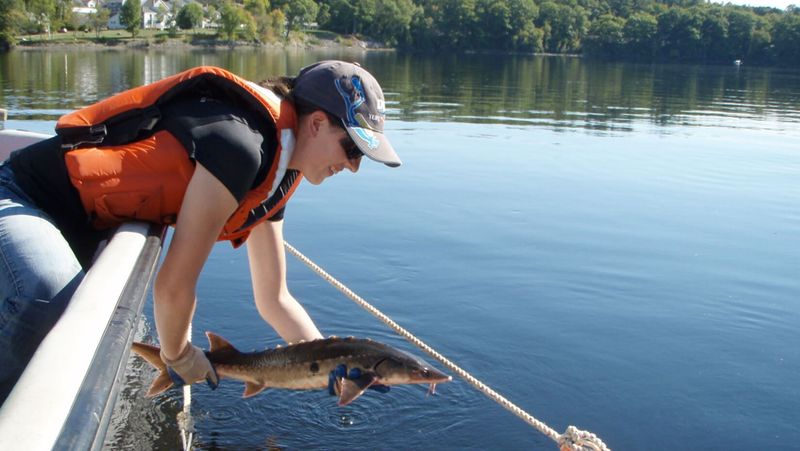
The Shortnose Sturgeon, an ancient creature of America’s rivers, seemed lost to time until recent findings proved otherwise. This fish, characterized by its bony plates and distinctive snout, has been rediscovered in several waterways.
Efforts to restore its habitat have been crucial in its reappearance, marking a triumph in aquatic conservation.
This sturgeon’s return not only enriches biodiversity but also reflects a successful partnership between science and nature. The ancient swimmer reminds us of the wonders still hidden beneath our rivers.
Tecopa Pupfish

Declared extinct in the 1980s, the Tecopa Pupfish surprised the scientific world with reports of sightings in the Mojave Desert. This tiny fish, once believed gone forever, embodies the unpredictability of nature.
Restoration of its natural habitat has played a pivotal role in its unexpected resurgence.
The Tecopa Pupfish captivates those who witness its lively presence, encouraging continued efforts in protecting fragile ecosystems.
Its reappearance is a reminder that extinction isn’t always the end, but a call to action for conservation.
Coelacanth
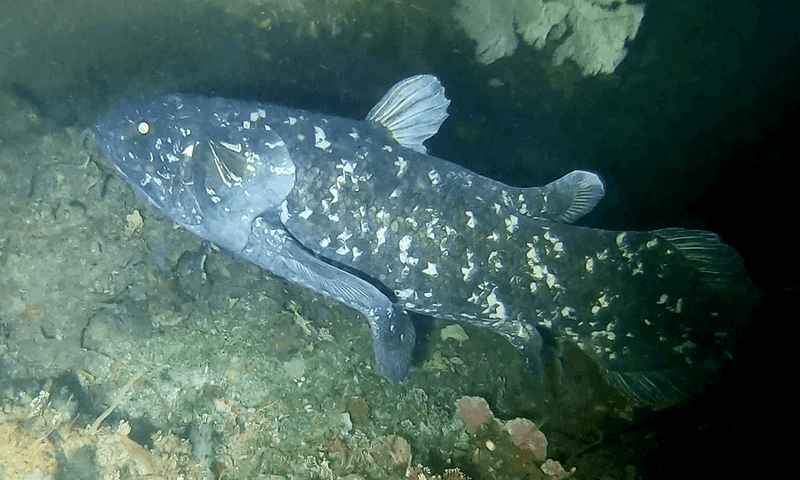
Long thought extinct, the Coelacanth was rediscovered off the coast of the United States, capturing the imagination of scientists worldwide. This ancient fish, with its prehistoric appearance, seems to swim straight out of a bygone era.
Its large fins and unique scales tell a story of evolution and survival across millennia.
The Coelacanth’s return is a reminder of the ocean’s mysteries and our ever-growing understanding of aquatic life.
Its existence challenges our perceptions of extinction, sparking curiosity and wonder.
Shortnose Cisco
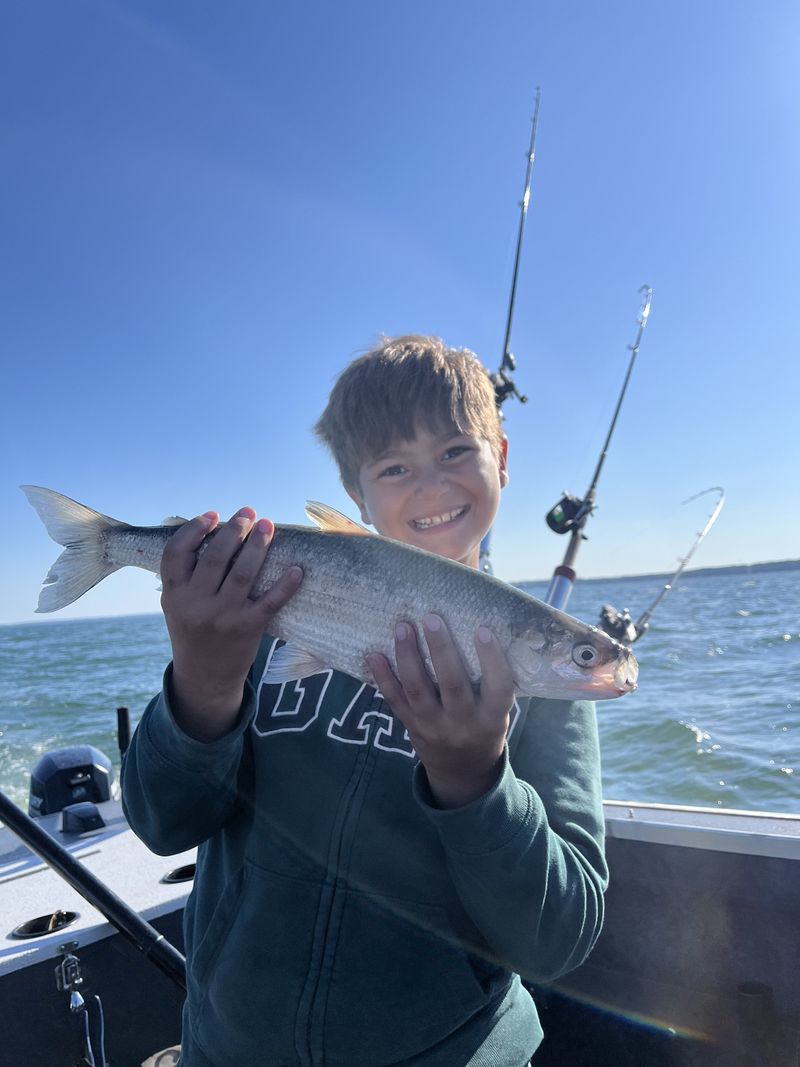
The Shortnose Cisco, a fish with a past as mysterious as its silver scales, was once thought to have vanished from the sparkling waters of the Great Lakes. Yet, like a ghostly whisper of the past, it reappeared, stunning scientists and fish enthusiasts alike.
This elusive fish, with its elegant, elongated body, glides through the water, reminiscent of a bygone era. Its reappearance has sparked excitement, as researchers dive into understanding its habitat and survivability.
Did you know? The Shortnose Cisco’s diet primarily consists of tiny crustaceans, making it a vital part of the aquatic food web. Just imagine spotting one of these relics during a serene lake expedition!
Owens Pupfish
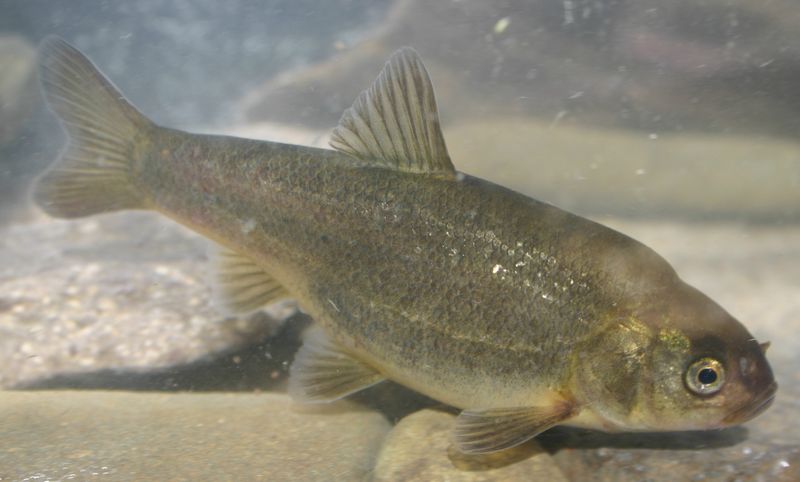
The Owens Pupfish, once thought to be lost forever, has made a remarkable comeback in the Owens Valley of California. This tiny fish, distinguished by its iridescent blue scales, was declared extinct in the 1940s due to habitat destruction and water diversion.
However, a small population was rediscovered in the 1960s, clinging to survival in isolated springs. These resilient creatures have since become symbols of ecological hope and restoration efforts.
Today, conservationists continue to work tirelessly to preserve their habitats and ensure the Owens Pupfish thrives once more in its ancestral waters.
Shoshone Pupfish
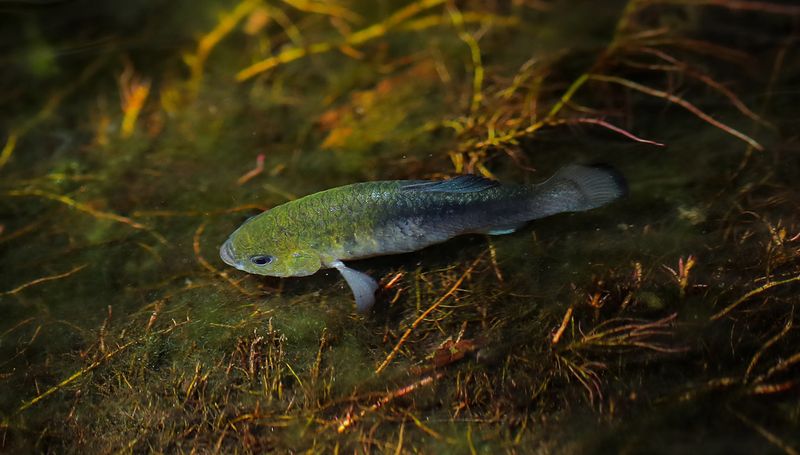
The Shoshone Pupfish, a tiny aquatic survivor, once vanished from its Nevada home. These resilient fish, with iridescent scales, were rediscovered in remote desert springs. Their journey of unexpected revival began with a few individuals clinging to life in hidden waters.
Conservationists worked tirelessly, nurturing these little swimmers back from the brink. The pupfish, with their lively darting movements, now thrive once more, a testament to nature’s resilience.
Their survival story captivates enthusiasts and reminds us of the delicate balance in ecosystems. Did you know? These fish adapt uniquely to extreme temperatures and salinities!
Greenback Cutthroat Trout
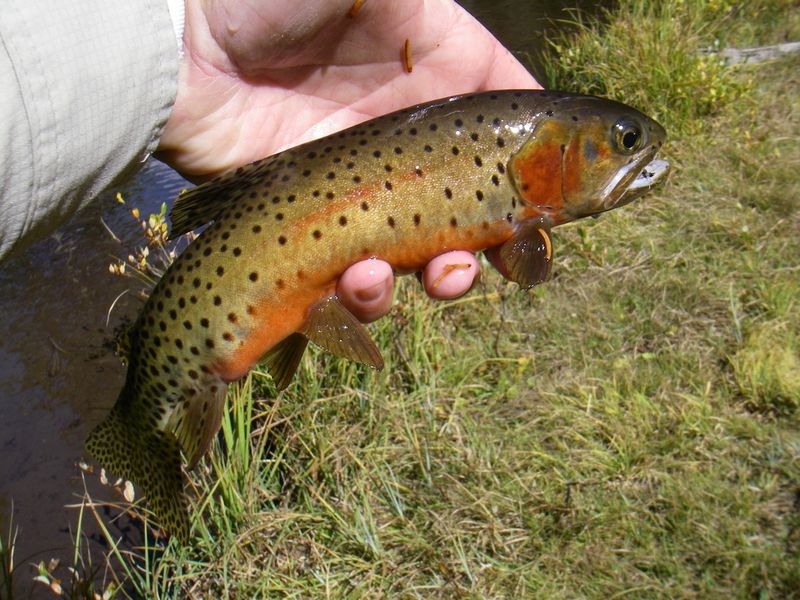
Emerging from the shadows of extinction, the Greenback Cutthroat Trout is more than just a fish—it’s a symbol of resilience. This vibrant trout, with its striking greenish hue and red-orange stripes, once graced the crystal-clear streams of the Rocky Mountains.
Believed to be extinct in the 1930s, it made a miraculous comeback, thanks to conservation efforts that revived its dwindling numbers. Today, these trout glide through mountain waters, a testament to nature’s tenacity. Anglers and nature enthusiasts alike find joy in spotting this lively creature, knowing it represents hope and the triumph of restoration.
Did you know? It was named Colorado’s state fish in 1994!
Oregon Chub (Oregonichthys crameri)

The Oregon Chub, a petite fish native to Oregon’s Willamette Valley, was once declared extinct in the wild. Imagine a fish so elusive, it seemed to vanish completely—but then, like a miracle, it reappeared. In the early 1990s, conservationists discovered small populations thriving in isolated backwaters and sloughs.
This tiny swimmer, no longer than a child’s pinky finger, thrives in slow-moving waters rich with plant life. Its comeback story is a testament to the power of conservation efforts and the resilience of nature. With its shimmering scales and gentle demeanor, the Oregon Chub reminds us of nature’s ability to surprise and delight.
Did you know? The Oregon Chub became the first fish in the United States to be removed from the endangered species list due to recovery. This achievement serves as a beacon of hope for other endangered species.

